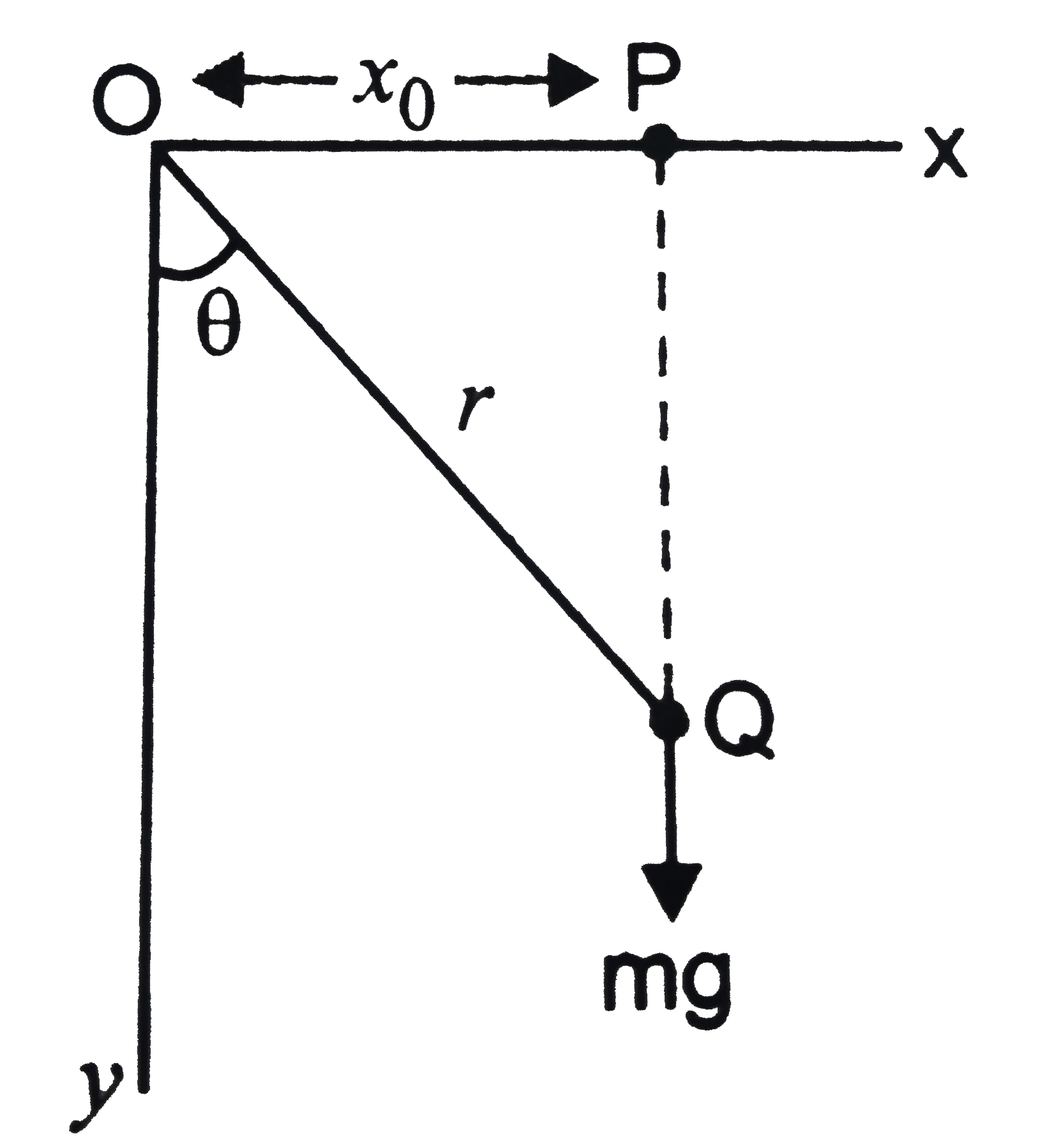Text Solution
Verified by Experts
|
Topper's Solved these Questions
SYSTEMS OF PARTICLES AND ROTATIONAL MOTION
PRADEEP|Exercise PROBLEMS FOR PRACTICE TYPE B|2 VideosView PlaylistSYSTEMS OF PARTICLES AND ROTATIONAL MOTION
PRADEEP|Exercise PROBLEMS FOR PRACTICE TYPE C|2 VideosView PlaylistSYSTEMS OF PARTICLES AND ROTATIONAL MOTION
PRADEEP|Exercise PROBLEMS FOR PRACTICE TYPE A|2 VideosView PlaylistRAY OPTICS
PRADEEP|Exercise Problem For Practice(a)|25 VideosView PlaylistTHERMODYNAMICS
PRADEEP|Exercise Assertion- Reason Type Questions|19 VideosView Playlist
Similar Questions
Explore conceptually related problems
Knowledge Check
Similar Questions
Explore conceptually related problems
PRADEEP-SYSTEMS OF PARTICLES AND ROTATIONAL MOTION-PROBLEMS FOR PRACTICE
- A flywheel of mass 25 kg has a radius of 0.2 m. It is making 240 rpm. ...
05:29
|
Play - A rope is wound round a hollow cylinder of mass 3 kg and radius 40 cm....
04:07
|
Play - A particle of mass m is released from rest from point P at x = x(0) on...
02:11
|
Playing Now - A unifrom circular disc of mass 200g and radius 4 cm is rotated about ...
03:47
|
Play - Determine the angular momentum of a car of mass 200 kg moving in a cir...
02:19
|
Play - An electron revolves around the nucleus of an atom in a circular orbit...
02:43
|
Play - Suppose earth is a point mass of 6 xx 10^(24) kg revolving around the ...
03:52
|
Play - The body shown in Fig. is pivoted at point O. Three forces act on it F...
07:39
|
Play - The speed of a wheel increases from 600 rpm to 1200 rpm in 20 s. What ...
03:40
|
Play - A flywheel rotating at 420 rpm slows sown at a constant rate 2 rad s^(...
01:54
|
Play - The spin drier of a washing machine revolving at15 rps slows down to 5...
03:16
|
Play - On applying a consatnt torque, a wheel at rest, turns through 400 radi...
02:46
|
Play - A cord is wound around the circumference of a bicycle wheel (without t...
05:37
|
Play - A car is moving at a speed of 72 km//h. The diamter of its whells is 0...
04:52
|
Play - An autmobile travelling at 80 km//h has tyres of 75.0 cm diameter. Wha...
06:33
|
Play - A wheel rotating at an angular speed of 20 rad/s ils brought to rest b...
05:22
|
Play - The centre of gravity of a loaded texi is 1.5 m above the ground, and ...
09:02
|
Play - Calculate rotational K.E. of earth about its own axis, taking it to be...
02:31
|
Play - A wheel of mass 5 kg and radius 0.40 m is rolling on a road without sl...
02:46
|
Play - A thin metal hoop of radius 0.25 m and mass 2 kg stars from rest and r...
03:34
|
Play

